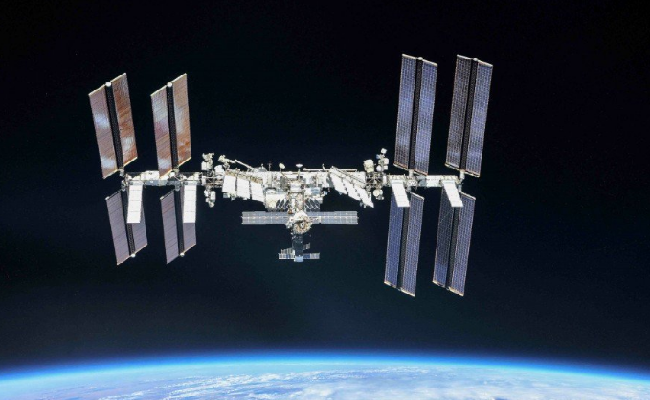
Table of Contents
The International Space Station (ISS) is a habitable satellite in low Earth orbit that serves as a microgravity and space environment research laboratory. It is the largest human-made structure in space and has been continuously inhabited since November 2, 2000. The ISS is a collaborative project between the space agencies of the United States, Russia, Europe, Japan, and Canada.
The primary purpose of the ISS is to conduct scientific research in space, as well as to serve as a platform for testing and developing technologies for future space missions. In addition, the ISS serves as a symbol of international cooperation in space exploration.
Components of the ISS
The ISS is made up of several core modules, scientific research facilities, and external components. The core modules provide living quarters, exercise equipment, and other essentials for the crew’s daily life. The scientific research facilities include laboratories for conducting experiments in physics, biology, and other fields of science. The external components include radiators, solar arrays, and other equipment that are used to support the operation of the ISS.
Operations of the ISS
The ISS is staffed by a rotating crew of astronauts and cosmonauts, who live and work aboard the station for several months at a time. The crew is responsible for performing scientific experiments, maintaining the station, and conducting spacewalks when necessary. In addition, the crew receives regular shipments of supplies and equipment from Earth via spacecraft.
The scientific research conducted on the ISS includes studies of the effects of microgravity on the human body, as well as experiments in areas such as physics, biology, and materials science. Many of these experiments are conducted in collaboration with researchers on Earth.
International collaboration on the ISS
The ISS is a collaboration between five space agencies from around the world: NASA (United States), Roscosmos (Russia), ESA (Europe), JAXA (Japan), and CSA (Canada). The involvement of multiple countries in the ISS program has both benefits and challenges. On the one hand, it allows for a wider range of scientific research and the sharing of resources and expertise. On the other hand, it can be difficult to coordinate the schedules and priorities of different countries.
Future of the ISS
The ISS was originally intended to have a lifespan of 15 years, but it has been continually updated and maintained since its launch in 1998. Its planned retirement date is currently set for 2028, although this could be extended if necessary. In the meantime, NASA and its international partners are exploring potential future uses for the station, as well as considering potential successors to the ISS.
Conclusion
The International Space Station represents an incredible achievement of human ingenuity and cooperation. Its success has been made possible by the collaboration of several space agencies around the world. The ISS has allowed for groundbreaking research in microgravity, as well as the development of technologies and techniques that will be vital for future space exploration. Although the planned retirement of the ISS is approaching, its legacy will continue to inspire and inform future generations of space explorers. The international collaboration that made the ISS possible serves as a reminder that, when people work together towards a common goal, amazing things can be accomplished.
Related Post:
How a Satellite TV Work!
























